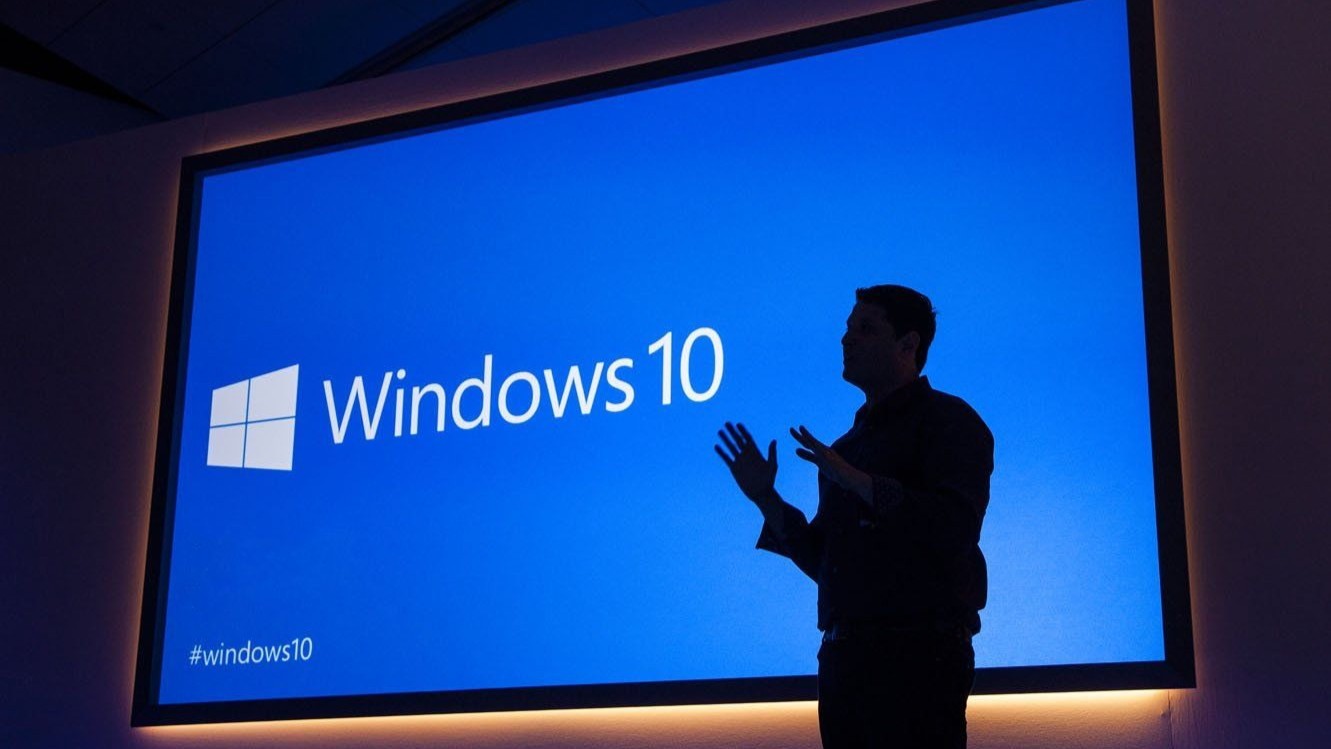Get used to hearing about the end of support for Windows 10. The operating system will soon stop receiving updates and Microsoft is eager to get people to upgrade to Windows 11. Between notifications, full-page pop-ups, ad campaigns, and regular blog posts about the upcoming end of Windows 10 support, Microsoft seems to be willing to do anything to get people to move away from Windows 10. Well, anything except remove the minimum requirements for Windows 11 that prevent millions of PCs from upgrading.
Public Interest Research Group (PIRG) petitioned Microsoft to change the cutoff date for Windows 10, but to no avail. Microsoft reminds people about the cutoff in a newly published blog post:
“Well, it is official. Window 10 is being retired after October 14th,2025 and will no longer be supported. What does this mean? Your computer will still work. However, with security threats on the rise, it is imperative you upgrade, immediately.”
That may seem like bad news for those running Windows 10, but Microsoft highlights that there is “great news” as well, you still have time to upgrade or buy a new PC!
Nothing in the blog post is new information. Microsoft has warned people about the end of Windows 10 support for years. If you’re still on Windows 10, your options remain the same:
- Upgrade to Windows 11
- Buy a new Windows 11 PC
- Pay for Windows 10 updates
- Move to Linux, macOS, or ChromeOS
- Run an unsupported PC that becomes increasingly less secure over time
I suppose you technically have the option to just not use a computer, but that doesn’t seem feasible.
Microsoft addresses what it accurately refers to as “the elephant in the room,” the fact that many PCs cannot upgrade to Windows 11. The tech giant then walks through the steps to see if your system can be upgraded.
What happens when Windows 10 is no longer supported?
Even if your computer is running Windows 10 after October 14, 2025, the device will continue to work. It’s not like Microsoft will send out an update to brick pieces of hardware. It isn’t Spotify after all, which infamously bricked hardware through an update last year.
What will happen is nothing, and that’s a bad thing for a PC. After the cutoff, your system will not receive security updates, and you will not be able to get technical help. That means the end of monthly patches to address bugs and vulnerabilities found in the Windows kernel.
Over time, apps, drivers, and peripherals will stop working as well, though that process will be gradual.
Ultimately, people will need to upgrade to Windows 11 or look at alternatives if they want to run a secure device and have full operability.





